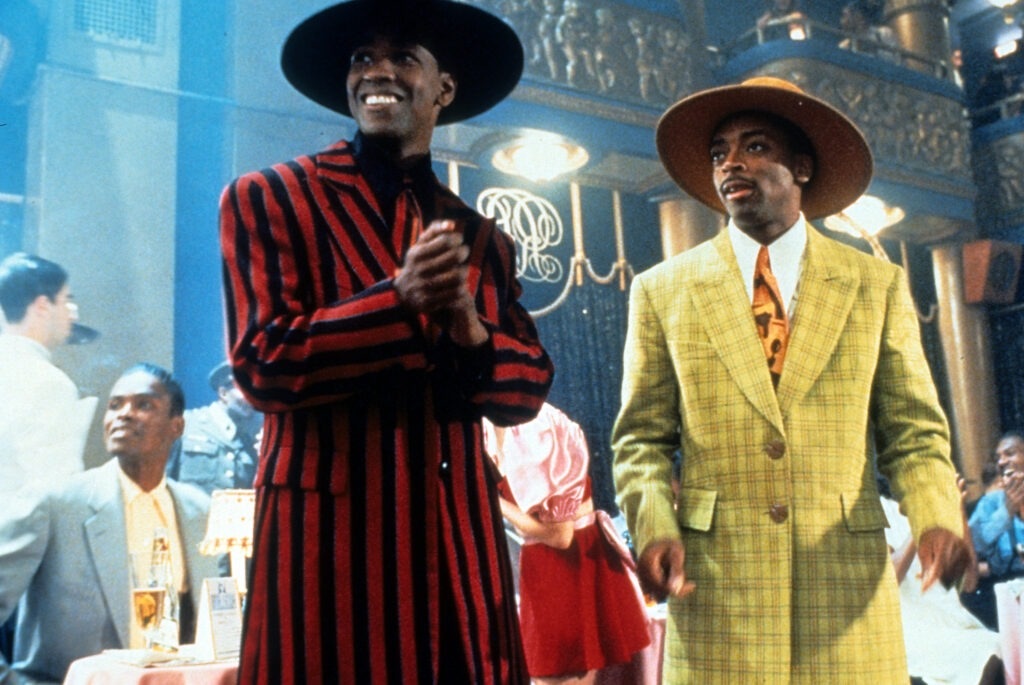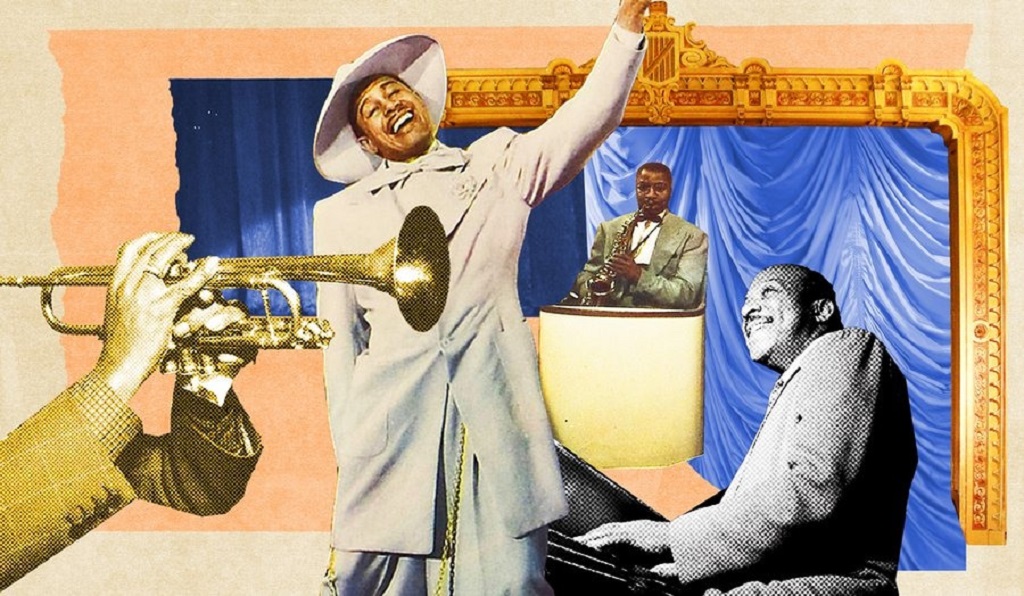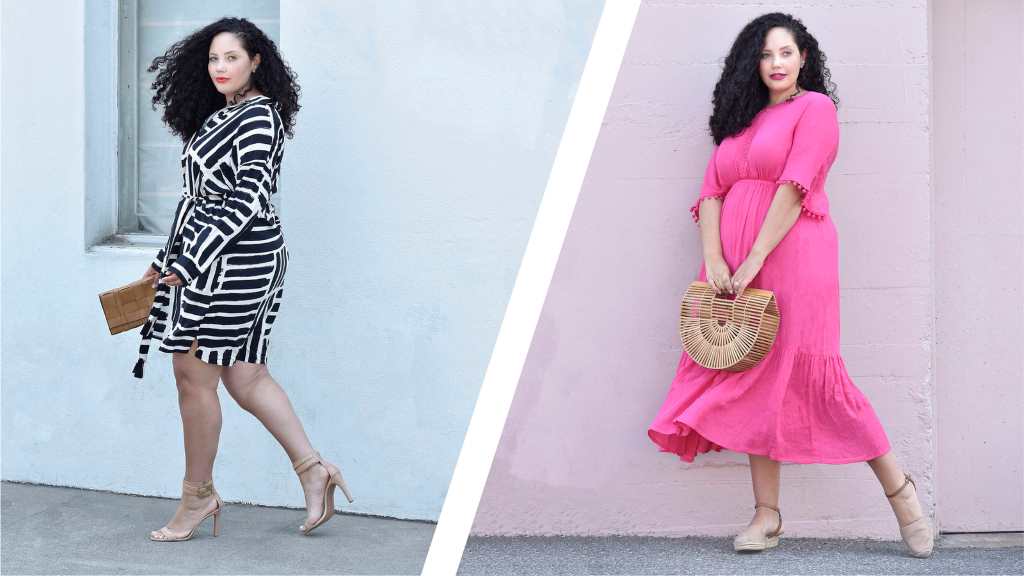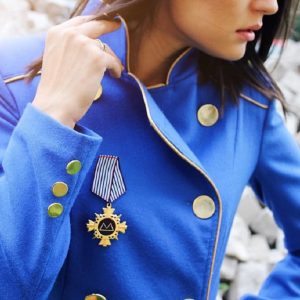The zoot suit stands as one of America’s most distinctive fashion statements. This oversized outfit emerged during the 1940s and quickly became a cultural phenomenon. Fashion enthusiasts today can explore this rich heritage through collections like The Bold Collection, which celebrates iconic menswear styles. The suit’s dramatic silhouette challenged conventional fashion norms and became a powerful symbol of identity.
During World War II, the zoot suit represented much more than clothing. However, it also sparked controversy and social tensions across America. The history of the zoot suit reveals a complex story of fashion, culture, and social change. Additionally, this unique garment influenced music, dance, and youth culture for generations.
The suit’s journey from underground fashion to cultural icon demonstrates the power of clothing as expression. Therefore, understanding its origins helps us appreciate its lasting impact on American culture. Moreover, the zoot suit’s story connects fashion history with broader social movements of the 20th century.
Origins and Early Development
The zoot suit first appeared in Harlem during the late 1930s. African American and Latino communities embraced this bold new style. Furthermore, the suit’s exaggerated proportions made a strong visual statement. Young men wore these outfits to jazz clubs and dance halls throughout New York City.
Tailors in Harlem began creating these distinctive suits for their customers. The design featured extremely wide shoulders and baggy trousers. Additionally, the jacket reached almost to the knees, while pants tapered dramatically at the ankles. This silhouette required significant amounts of fabric, making each suit expensive to produce.
The style spread quickly through urban communities across America. However, not everyone appreciated this flamboyant fashion choice. Conservative society viewed the suits as excessive and inappropriate. Nevertheless, young people continued embracing this rebellious style statement.
The Golden Age of Zoot Suits
By 1942, zoot suits had reached peak popularity among young Americans. Jazz musicians, dancers, and performers adopted the style enthusiastically. Moreover, the suits became associated with swing music and jitterbug dancing. Popular entertainers like Cab Calloway helped popularize the look nationwide.
The suit’s dramatic appearance perfectly matched the energy of jazz music. Additionally, the loose-fitting design allowed dancers greater freedom of movement. Young men wore their zoot suits with pride to nightclubs and social gatherings. Therefore, the outfit became synonymous with youth culture and musical expression.
However, wartime fabric restrictions began affecting zoot suit production. The government implemented rationing to conserve materials for the war effort. Furthermore, authorities viewed the suits as wasteful during a time of national sacrifice. This tension would soon escalate into serious social conflict.
The Zoot Suit Riots
June 1943 marked a dark chapter in zoot suit history. Los Angeles experienced several nights of violent confrontations between servicemen and zoot suit wearers. Additionally, similar incidents occurred in other cities across America. These events became known as the Zoot Suit Riots.
Military personnel stationed in Los Angeles targeted young Mexican Americans wearing zoot suits. However, the conflicts reflected deeper racial tensions and social inequalities. Furthermore, media coverage often portrayed zoot suit wearers unfairly as troublemakers. The riots highlighted the intersection of fashion, race, and social justice.
Local authorities eventually restored order, but damage was done. Moreover, the riots changed how Americans viewed the zoot suit forever. Therefore, what began as a fashion statement became a symbol of resistance against discrimination. The events demonstrated how clothing could become a flashpoint for broader social conflicts.
Cultural Significance and Symbolism
The zoot suit represented much more than fashion for marginalized communities. Young African Americans and Mexican Americans used the style to assert their identity. Additionally, the suits challenged mainstream expectations about appropriate dress. Therefore, wearing a zoot suit became an act of cultural defiance.
The oversized silhouette rejected conventional notions of respectability. However, it also celebrated individualism and personal expression. Furthermore, the suits created a sense of community among wearers. Young people found solidarity through their shared fashion choices.
The style also influenced language and behavior patterns. Additionally, zoot suit culture included specific slang and social rituals. Moreover, the suits became associated with particular musical styles and dance forms. Therefore, the garments helped create distinct subcultural identities.
Decline and Transformation
After the riots, zoot suit popularity began declining rapidly. Wartime restrictions made the suits difficult to obtain. Additionally, negative publicity discouraged many young people from wearing them. However, the style’s influence continued in modified forms.
By the late 1940s, men’s fashion had moved toward more conservative styles. Furthermore, post-war society emphasized conformity and traditional values. Therefore, the flamboyant zoot suit seemed out of place in this new environment. Many tailors stopped producing the distinctive garments.
Nevertheless, the zoot suit’s impact on fashion history remained significant. Additionally, elements of the style influenced later menswear trends. Moreover, the suit’s legacy continued through music and popular culture references. Therefore, while the original style faded, its cultural importance endured.
Revival and Modern Legacy
The zoot suit experienced several revivals throughout the following decades. During the 1970s, Chicano activists embraced the style as a symbol of cultural pride. Additionally, the 1981 play and film “Zoot Suit” brought renewed attention to its history. Furthermore, various musicians and performers have referenced the iconic look.
Modern fashion designers continue drawing inspiration from zoot suit aesthetics. However, contemporary interpretations typically feature more moderate proportions. Additionally, vintage enthusiasts and collectors preserve original examples of these historic garments. Therefore, the zoot suit’s influence extends far beyond its original era.
The suit’s story resonates with ongoing discussions about fashion and identity. Moreover, it demonstrates how clothing choices can carry political and social meanings. Furthermore, the zoot suit’s history provides valuable insights into American cultural development during the 20th century.
Conclusion
The history of the zoot suit reveals a fascinating intersection of fashion, culture, and social change. From its origins in Harlem’s jazz clubs to the controversial riots of 1943, this distinctive garment tells a complex American story. Additionally, the suit’s journey demonstrates how clothing can become a powerful form of expression and resistance.
The zoot suit’s legacy continues influencing fashion and popular culture today. However, its most important contribution lies in highlighting issues of identity, discrimination, and cultural pride. Furthermore, the suit’s story reminds us that fashion choices often reflect deeper social and political currents. Therefore, understanding the zoot suit’s history enriches our appreciation of both fashion and American cultural development.
Read More Also: Would you wear shorts and tights noughties style?
Frequently Asked Questions
What exactly is a zoot suit?
A zoot suit is a men’s outfit featuring an extremely oversized jacket with wide shoulders and baggy, high-waisted trousers that taper at the ankles. The style emerged in the 1940s and was popular among young African American and Latino men.
Why were zoot suits controversial during World War II?
Zoot suits required large amounts of fabric during wartime rationing, making them seem wasteful. Additionally, they became associated with minority communities and youth rebellion, leading to social tensions that culminated in the 1943 Zoot Suit Riots.
Who typically wore zoot suits?
Young men from African American and Mexican American communities primarily wore zoot suits. Jazz musicians, dancers, and other performers also adopted the style, helping spread its popularity throughout urban areas.
How much did a zoot suit cost in the 1940s?
Original zoot suits were expensive, often costing between $75-100 in 1940s dollars, equivalent to over $1,000 today. The high cost reflected the large amount of fabric required and specialized tailoring needed.
Are zoot suits still made today?
While authentic zoot suits are rare, some specialty tailors and costume companies still produce them. Additionally, vintage clothing collectors preserve original examples, and modern designers occasionally reference zoot suit elements in contemporary fashion.





